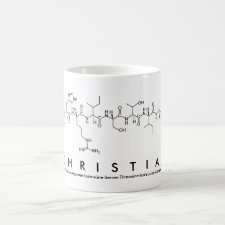
Authors: Sellergren B, Dauwe C
Article Title: Solvent dependent specific driving forces in the molecular recognition in imprinted polymers.
Publication date: 1997
Journal: Abstracts of Papers of the American Chemical Society
Volume: 213
Issue: (IEC)
Page numbers: 27.
Abstract: Triazine herbicides were used as model templates for a basic study of the molecular recognition process in imprinted polymers. These templates have the benefit of being structurally similar in the hydrogen bonding part while possessing widely different basicities and hydrophobicities This facilitates a systematic evaluation of me influence of the hydrophobic effect and the strength of hydrogen bonding between monomer and template, on the molecular recognition properties of the materials. If these effects contribute specifically to the observed recognition a change in solvent composition in the rebinding step is expected to change the driving force in this process. In aqueous-poor solvent systems we found that the selectivity for the template increased with its Broensted basicity whereas in aqueous-rich systems, affinity and selectivity increased with template hydrophobicity. An analogy is found in the specific hydrophobic effect often present in the binding of small molecules to biological macromolecules



Join the Society for Molecular Imprinting

New items RSS feed
Sign-up for e-mail updates:
Choose between receiving an occasional newsletter or more frequent e-mail alerts.
Click here to go to the sign-up page.
Is your name elemental or peptidic? Enter your name and find out by clicking either of the buttons below!
Other products you may like:
 MIPdatabase
MIPdatabase









